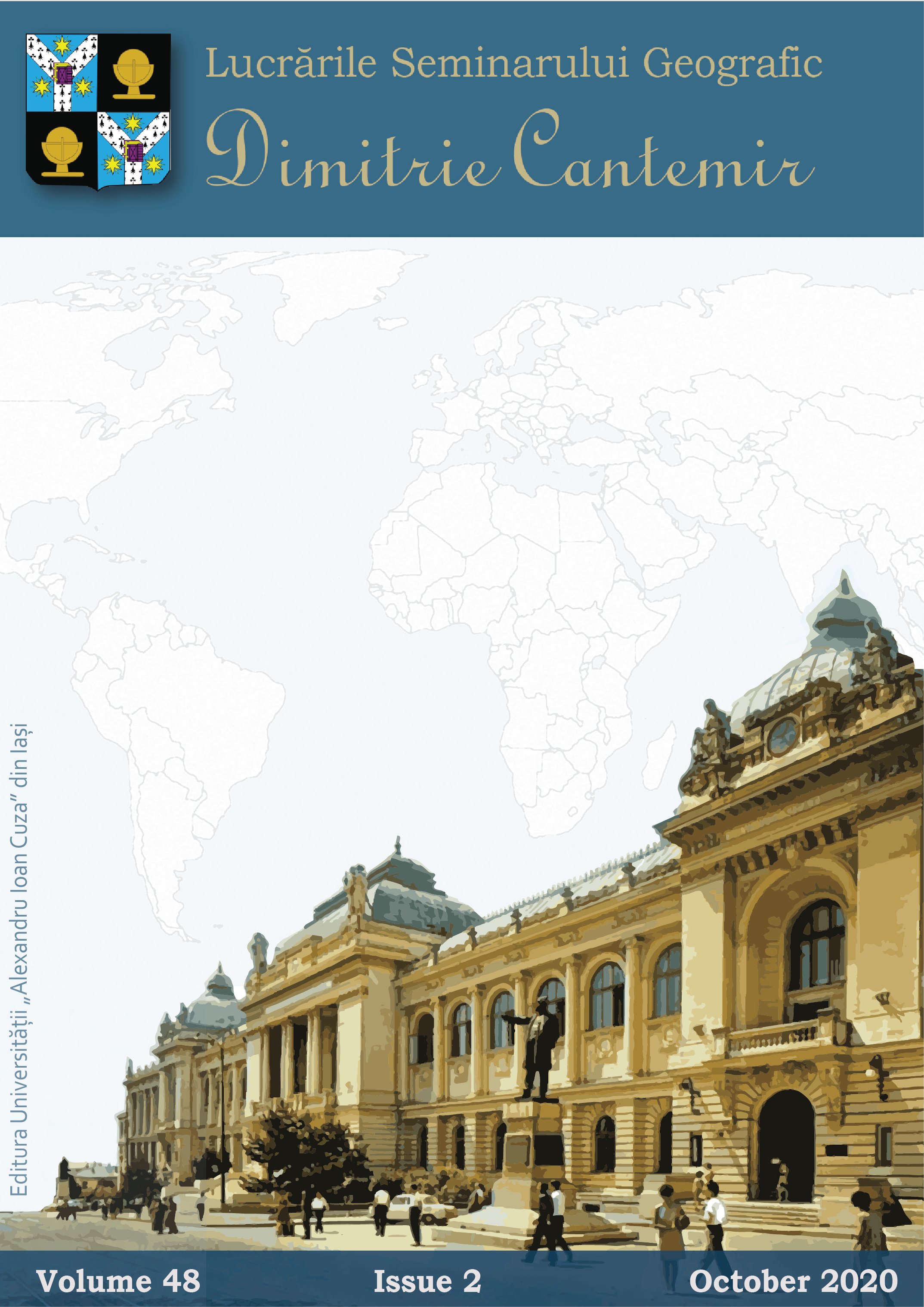Ecological Tourism Development in the Mountainous Regions and Historical Railway Network Capacities. Case Study: Tehran-Mazandaran Old Railway by Crossing the Alborz Mountain Range
Ecological Tourism Development in the Mountainous Regions and Historical Railway Network Capacities. Case Study: Tehran-Mazandaran Old Railway by Crossing the Alborz Mountain Range
Author(s): Reza Kheyroddin, Sina Rahsaz, Mohammad Abbaspour KalmarziSubject(s): Social Sciences, Geography, Regional studies, Physical Geopgraphy, Human Geography, Environmental Geography, Human Ecology, Environmental interactions, Tourism
Published by: Editura Universităţii »Alexandru Ioan Cuza« din Iaşi
Keywords: Sustainable ecotourism; mountainous region; historical railway; Alborz mountain range; Railway-tourism;
Summary/Abstract: Ecological tourism or ecotourism (in abbreviation)is a form of tourism intended to have a low impact on the environment and is based on the principles of sustainability in natural and historical areas with conservation characteristics. Railway tourism can be a form of ecological tourism that occurs in areas with presence of the railroad network, due to its novelty and to the proximity to natural and cultural heritage in the humid and rainy climate. This form of tourism can attract many tourists from all around the world. The methodology of this study is descriptive and analytical, and initially, characteristics and requirements have been explained with resources and library studies. The required infrastructures are the main base of tourism, one of the most significant of which, is the current situation of the transportation system (railway network). The main aim of this study is the introduction of railway tourism as a strategy for development of railroad settlements in north of Iran with ecological and sustainable tourism. As the second aim, the most significant criteria of the railway-tourism were extracted from theoretical foundation and in addition, they were prioritized based on the AHP (Analytic hierarchy process) method. Moreover, in order to understand the restrictions and main problems of the local people, interviews have been conducted. In the following section, Tehran –Mazandaran impassable mountainous railway has been introduced, which passes through the Alborz Mountains. This route has the majority of unrivalled natural and cultural attractions, traditional habitation, and rural settlements. Despite recent spatial changes in Iran, these regions remained original and traditional. Interestingly, the railway is the only accessible transport to some of these settlements, without destructive effect on the environment. As a result, the substantial criteria were specified, and the basic issues and limitations of the locals’ life have been explained from survey and interviews. Consequently, a direct relationship has been detected between railway tourism and railroad habitation development in Tehran –Mazandaran railway that contains social, economic, physical and demographic studies. Eventually, it could be easily realized which railway-tourism has the lowest ecological impacts despite other types of tourism in natural and rural areas. Therefore, every kind of effort from researchers to authorities in this field could be helpful in order to protect our environment.
Journal: Lucrările Seminarului Geografic ”Dimitrie Cantemir”
- Issue Year: 48/2020
- Issue No: 2
- Page Range: 186-206
- Page Count: 21
- Language: English

